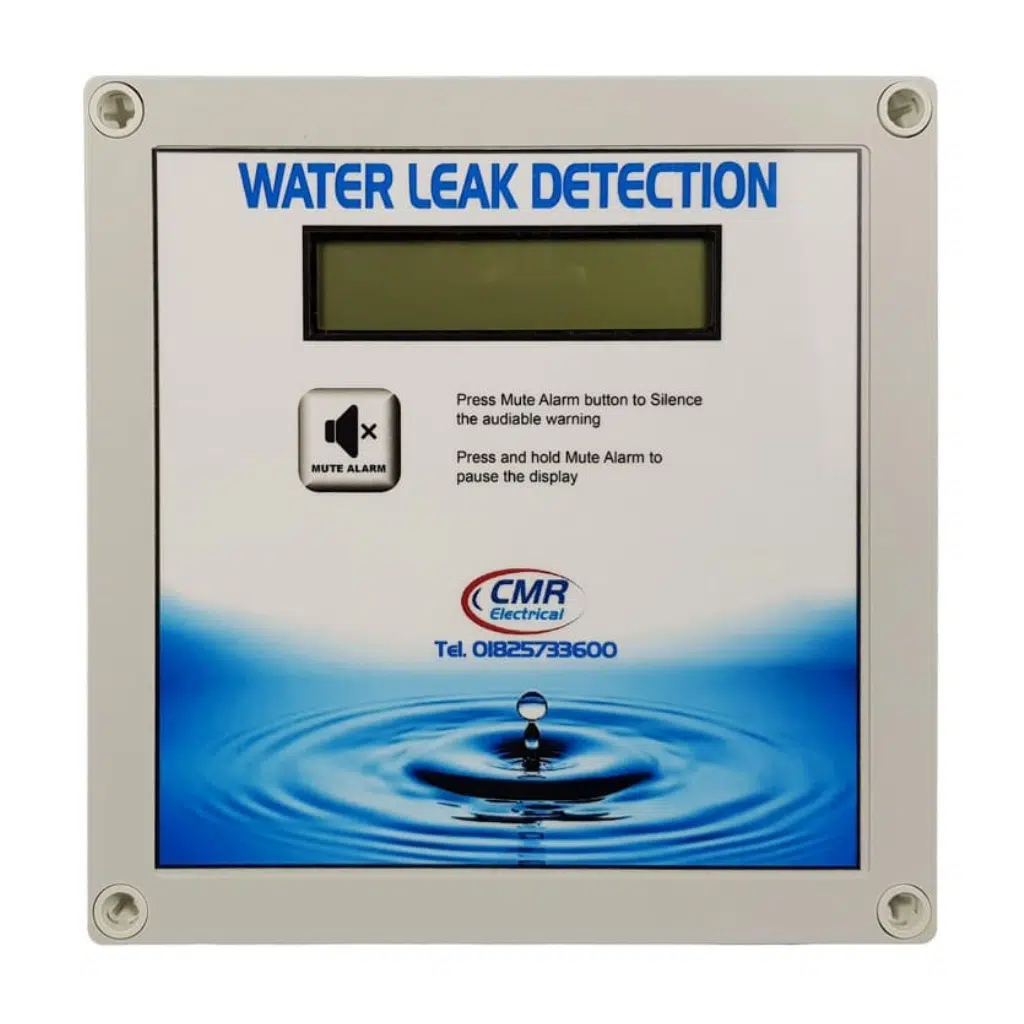The Value of Regular Water Leak Detection for Long-Term Home Protection
The Value of Regular Water Leak Detection for Long-Term Home Protection
Blog Article
Cutting-edge Solutions for Very Early Detection of Water Leaks in Buildings and Facilities
As the integrity of buildings and facilities is paramount, the difficulty of very early detection of water leaks has actually spurred ingenious options that guarantee to change the method we secure versus possible damages. From cutting-edge leak discovery innovations to the implementation of IoT sensing units for real-time monitoring, the landscape of leak prevention is advancing quickly. Artificial intelligence formulas use a peek into the future of leak prediction, while thermal imaging offers a non-intrusive method for pinpointing hidden leakages. Automated water flow evaluation systems are reshaping exactly how leaks are recognized and resolved, leading the way for a proactive strategy to water leak discovery. Each of these services holds the crucial to making certain the dependability and long life of our built setting, prompting a shift in the direction of an extra sustainable and efficient future.
Advanced Leak Detection Technologies
Advanced leakage detection modern technologies, furnished with cutting-edge sensors and formulas, play a crucial role in quickly identifying and determining water leakages in numerous settings. These modern technologies utilize a mix of acoustic, thermal, and electro-magnetic sensing techniques to identify leaks precisely. Acoustic sensors detect the audio of leaving water, permitting for exact localization of the leak source. Thermal imaging identifies temperature adjustments triggered by water leak, supplying one more effective technique for leakage recognition. Electromagnetic sensors can recognize changes in magnetic fields triggered by water, providing yet an additional layer of leak detection capacity.

IoT Sensors for Real-Time Tracking
In the realm of contemporary water leakage detection, the combination of IoT sensing units for real-time monitoring stands for a pivotal innovation in improving aggressive leakage detection capabilities. These sensors offer continuous tracking of water supply, providing real-time data on water circulation prices, stress variants, and temperature modifications. By leveraging IoT modern technology, these sensors can find also the tiniest anomalies in water usage patterns, enabling very early identification of possible leakages before they rise right into significant issues.
IoT sensing units send information to a central platform, where advanced algorithms analyze the details and generate signals or alerts when irregularities are identified. This real-time tracking ability permits residential or commercial property owners or facility managers to without delay address leaks, reducing water damages, decreasing repair costs, and preserving water sources.
In addition, IoT sensors can be integrated with structure management systems, permitting computerized responses to identified leaks, such as shutting down water shutoffs or activating pumps to minimize the influence of leaks. On the whole, the execution of IoT sensing units for real-time surveillance considerably improves the Source effectiveness and efficiency of water leak detection in structures and infrastructure.
Equipment Understanding Algorithms for Leakage Prediction

One secret advantage of using machine learning for leak prediction is its capability to continually discover and boost its precision over time. As even more data is accumulated and fed into the algorithm, it can fine-tune its forecasts and adjust to transforming conditions, eventually enhancing the reliability of leakage discovery systems.
In addition, artificial intelligence algorithms can help in recognizing subtle indicators of leaks that may go undetected by traditional surveillance approaches. water leak detection. By examining intricate data collections in real-time, these algorithms can supply early cautions and informs, enabling punctual treatment and preventative maintenance to reduce potential water damage and connected costs
Using Thermal Imaging for Leak Discovery
Thermal imaging modern technology supplies an appealing strategy for spotting water leaks in various systems and infrastructures. By useful content using infrared radiation and temperature differences, thermal imaging video cameras can recognize concealed leakages that are not quickly noticeable to the naked eye.
One of the crucial advantages of thermal imaging for leak detection is its non-intrusive nature. Overall, the use of thermal imaging innovation enhances the performance and accuracy of water leakage detection, making it an important device for keeping the integrity of buildings and infrastructures.
Automated Water Flow Analysis Solutions
Just how can automated water flow analysis systems change the detection and management of leakages in various systems and infrastructures? Automated water circulation evaluation systems use a proactive strategy to leak detection by continually keeping an eye on water circulation rates and patterns. By developing standard data, these systems can rapidly identify discrepancies that might suggest a leakage, enabling timely treatment to stop extensive damages.
These systems make use of sophisticated algorithms to assess real-time data and offer prompt alerts when abnormalities are spotted, permitting swift action to be taken. Additionally, automated water circulation evaluation systems can be integrated with building monitoring systems or IoT platforms, enhancing overall performance and allowing remote monitoring abilities.
In addition, the information collected by these systems can be used for predictive upkeep purposes, helping to determine possible powerlessness in the infrastructure before leakages take place. Overall, the execution of automated water flow evaluation systems can considerably enhance leakage discovery and administration methods, inevitably resulting in cost savings, lowered water wastefulness, and enhanced sustainability in structures and framework.

Conclusion
Finally, the integration of sophisticated leakage discovery innovations, IoT sensors, maker learning formulas, thermal imaging, and automatic water flow analysis systems uses cutting-edge options for early detection of water leaks in structures and infrastructure. These modern technologies allow real-time surveillance, forecast of leaks, and reliable detection methods to stop water damages and wastefulness. Carrying out these solutions can help in keeping the integrity and sustainability of water best site supply in various settings.
Report this page